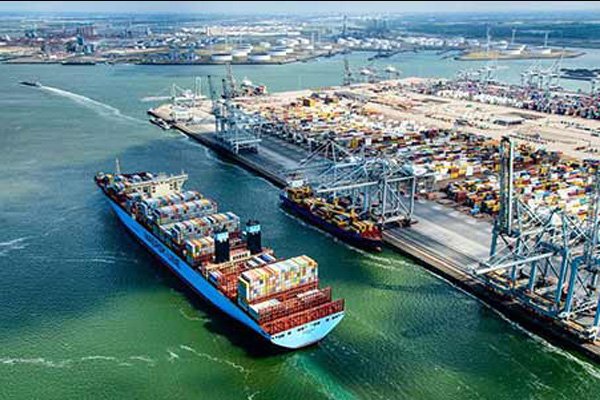Montreal Port Authority and Global Spatial Technology Solutions (GSTS) have announced a new project aimed at reducing the carbon footprint of vessels. The project, named the “digital corridor”, uses artificial intelligence (AI) and is based on the OCIANATM modular platform.
The digital corridor provides real-time data on the route, speed, and position of vessels heading to MONTREAL PORT. The data is analyzed to determine the vessel’s estimated arrival time and route, coordinating with berth availability at the port of MONTREAL. By optimizing sailing speeds, ships can reduce fuel consumption and greenhouse gas (GHG) emissions. This approach also benefits operational planning and optimization by reducing the time required for anchoring before docking.
The digital corridor will allow real-time communication between ports, terminal operators, and ocean carriers, improving operational efficiency and reducing GHG emissions. According to the Montreal Port Authority CEO, Martin Imbleau, the project will enable the port to honor its commitment to cutting emissions and optimizing efficiency for all vessels calling on the port.
GSTS specializes in AI applications for shipping, and the MONTREAL PORT is one of the largest ports in Canada, handling more than 35 million tonnes of cargo annually. The port’s commitment to reducing emissions aligns with Canada’s goal of reaching net-zero emissions by 2050. The project will leverage AI and digitalization to help the shipping industry reduce its carbon footprint and achieve environmental sustainability.
Source: FleetMon





